by Trey Lamkins, Graduate Research Assistant
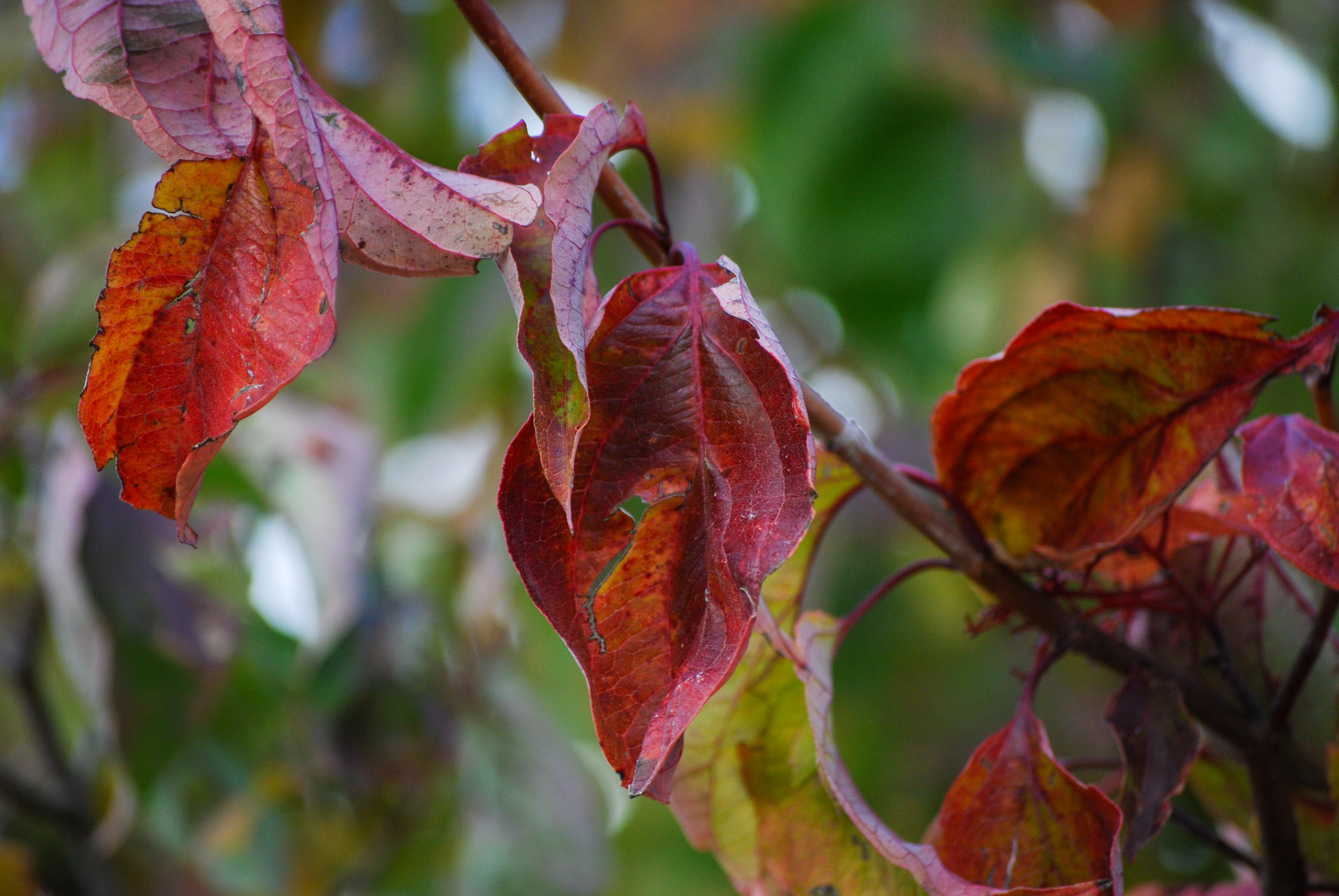
Fall color is one of the most captivating elements in landscape design. Here in Southeast Nebraska, autumn brings a vibrant palette of hues, textures, and forms. From low-growing groundcovers and perennials to the towering canopies of mature trees.
The fall of 2025 has unfolded gradually, beginning with a few weeks of cooler temperatures before giving way to dramatic swings into the 80s. Eventually, the weather settled into a more typical autumn rhythm, bringing much-needed rainfall along with some less-welcome strong winds. Now, as October draws to a close, we've just experienced our first freeze.
Regardless of how much longer the fall color lasts, I wanted to share a few seasonal highlights from the Kimmel Education and Research Center.
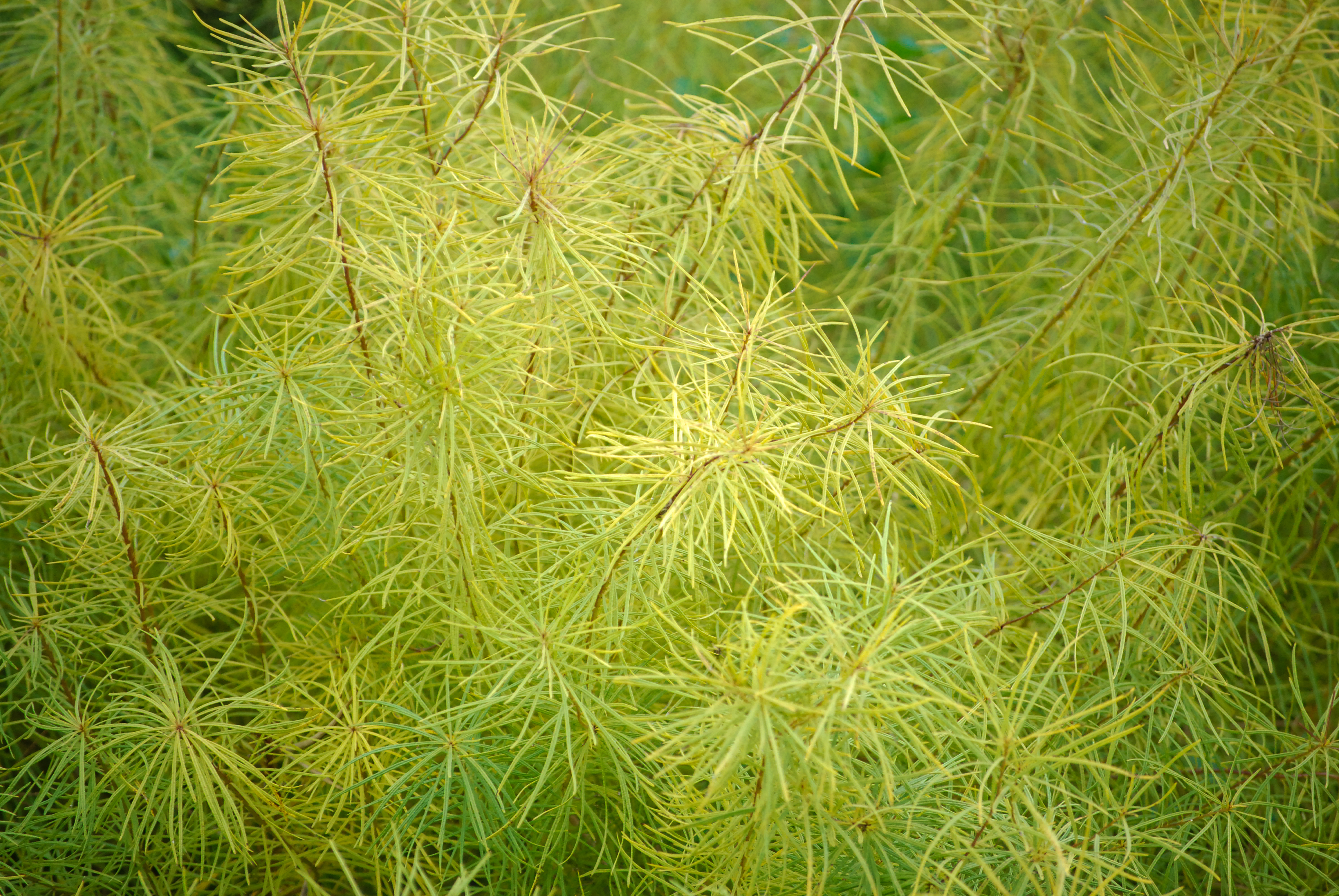
Threadleaf Bluestar (Amsonia hubrichtii) is a North American native perennial prized for its fine, feathery foliage and seasonal interest. Though not native to Nebraska, it thrives in well-drained soils and full sun, offering soft texture through summer, golden fall color, and delicate blue spring blooms that attract pollinators. Ideal for prairie-style, matrix, or low-water gardens, it pairs beautifully with bold plants like Rudbeckia and ornamental grasses. Slow to establish but long-lived and low-management, it’s a resilient choice for Great Plains landscapes.
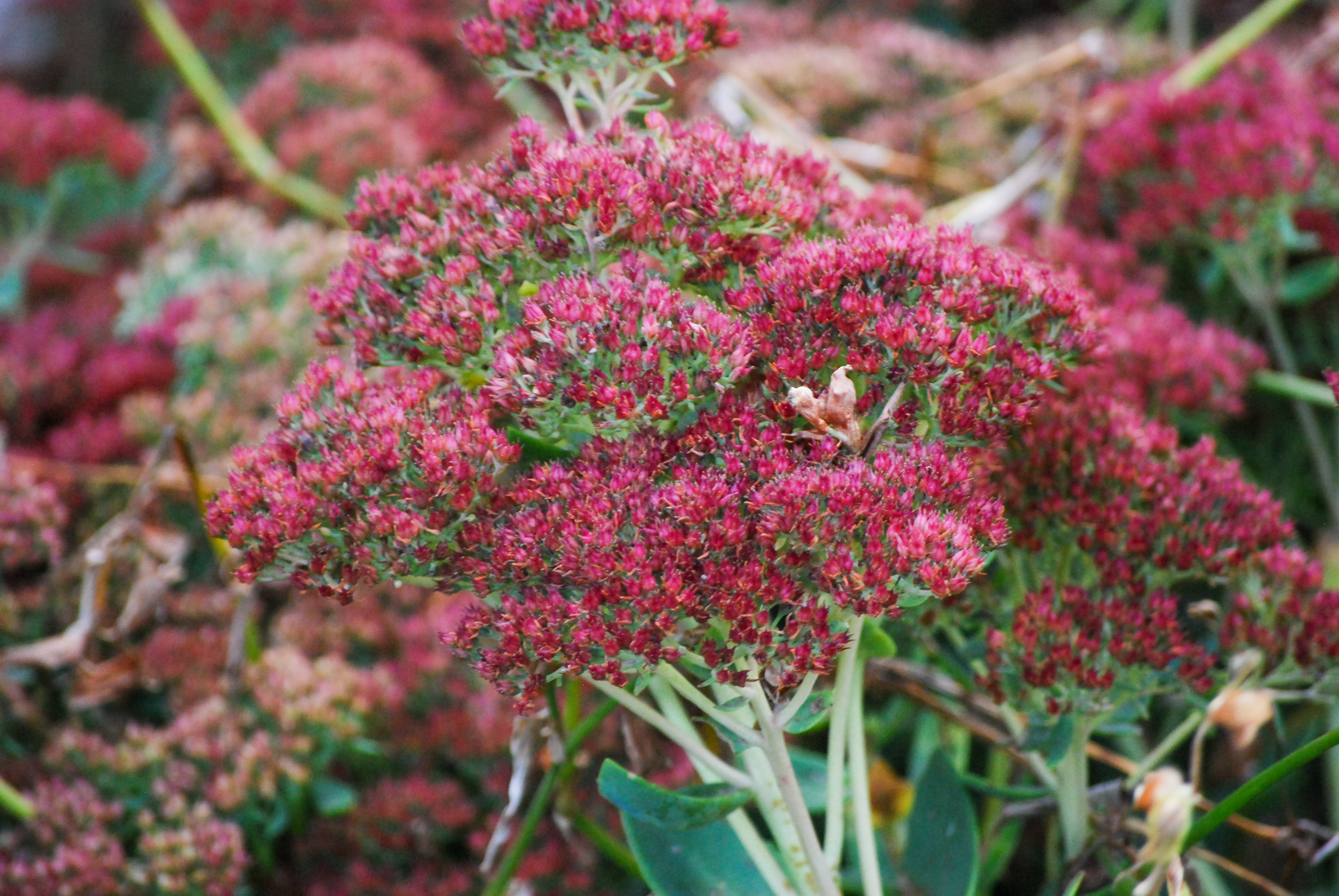
Autumn Joy Sedum (Hylotelephium ‘Herbstfreude’) is a tough, drought-tolerant perennial that thrives in Nebraska’s challenging conditions, from hot summers to heavy soils. Its upright, mounded form and water-storing foliage stay neat through the season, while late-summer blooms provide vital nectar for pollinators and visual interest into winter. Ideal for borders, xeriscapes, containers, and pollinator gardens, it pairs well with grasses and other sun-loving perennials. Low-management and deer-resistant, it prefers full sun and well-drained soil, with occasional division to maintain vigor.
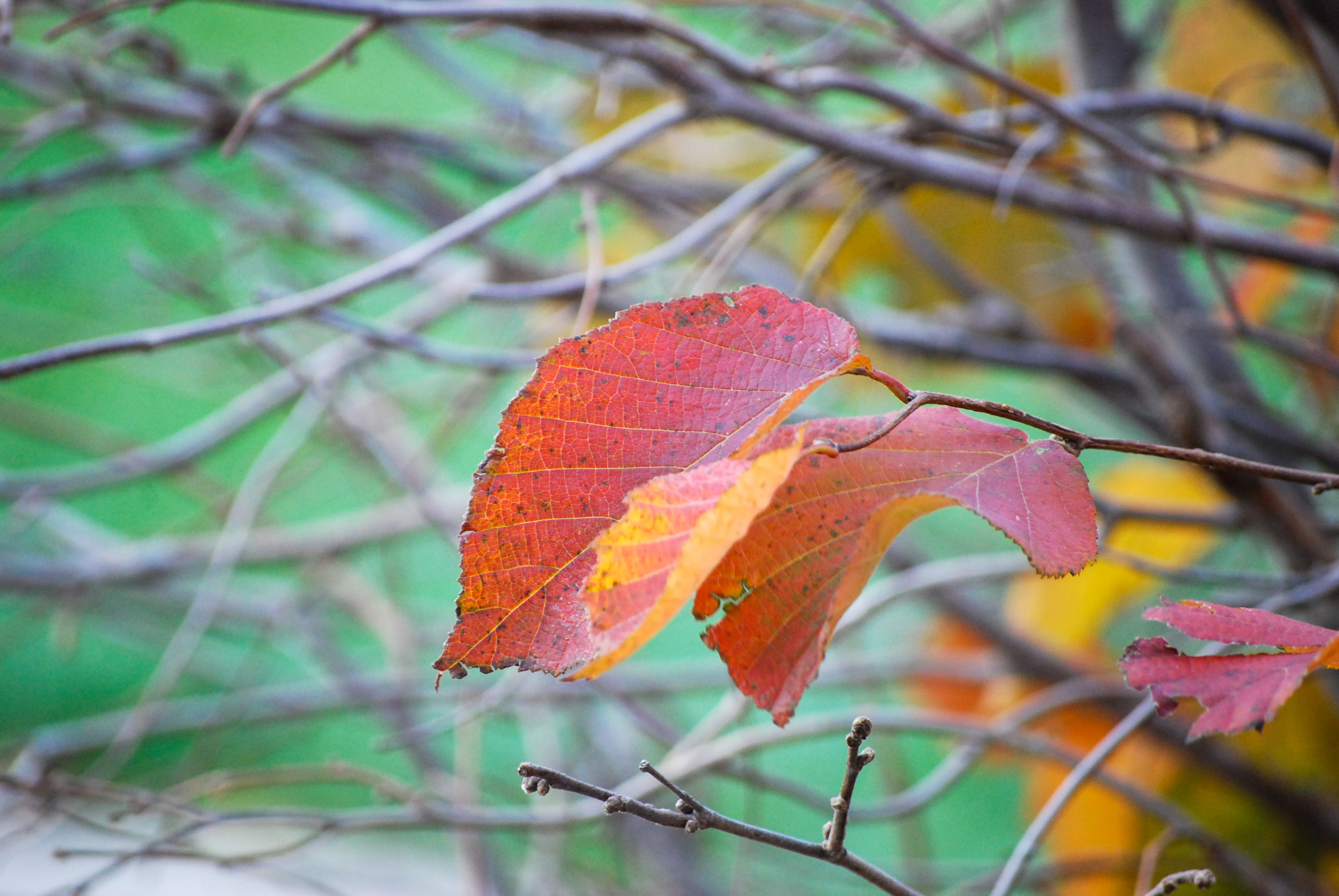
American Hazelnut (Corylus americana) is a native deciduous shrub well-suited to Nebraska’s landscapes, thriving in sunny to lightly shaded areas with good drainage. Its dense, spreading habit makes it ideal for naturalized plantings, screens, and wildlife corridors, while its edible nuts support both humans and animals. Used effectively in conservation and edible landscapes, it also helps with erosion control and informal hedging. Though it suckers and forms colonies, this can be managed, and cross-pollination is needed for optimal nut production.
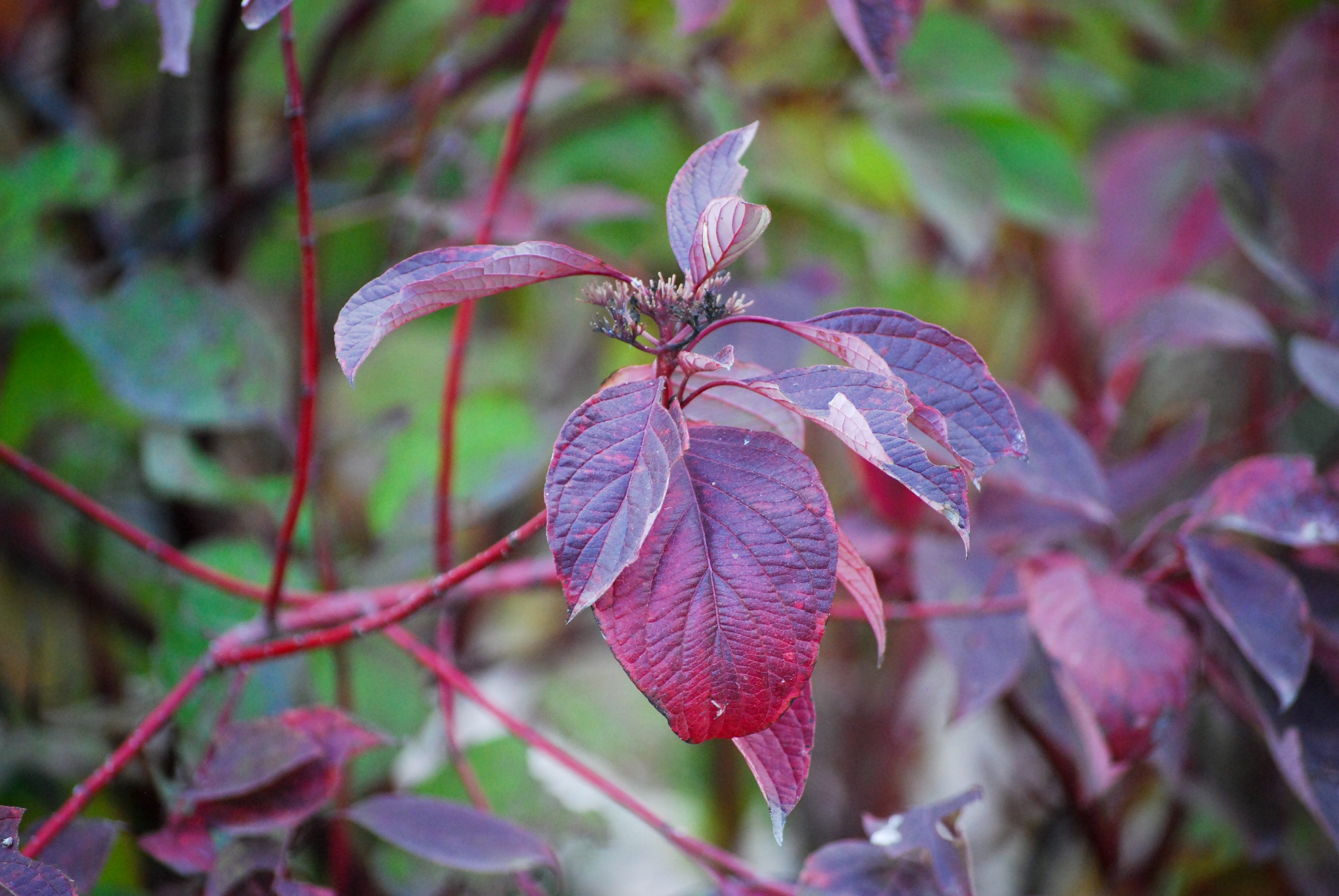
Arctic Fire® Red Twig Dogwood (Cornus stolonifera 'Arctic Fire') is a compact cultivar of a native species, prized for its vivid red winter stems and four-season appeal. Well-suited to Nebraska landscapes, it thrives in sun or partial shade and tolerates clay and wet soils, making it ideal for rain gardens, borders, and erosion control. Spring brings white flowers and bird-attracting berries, while winter showcases its striking red twigs. Low-management and versatile, it pairs beautifully with evergreens and ornamental grasses. For best color, prune older stems annually and avoid prolonged drought during establishment.
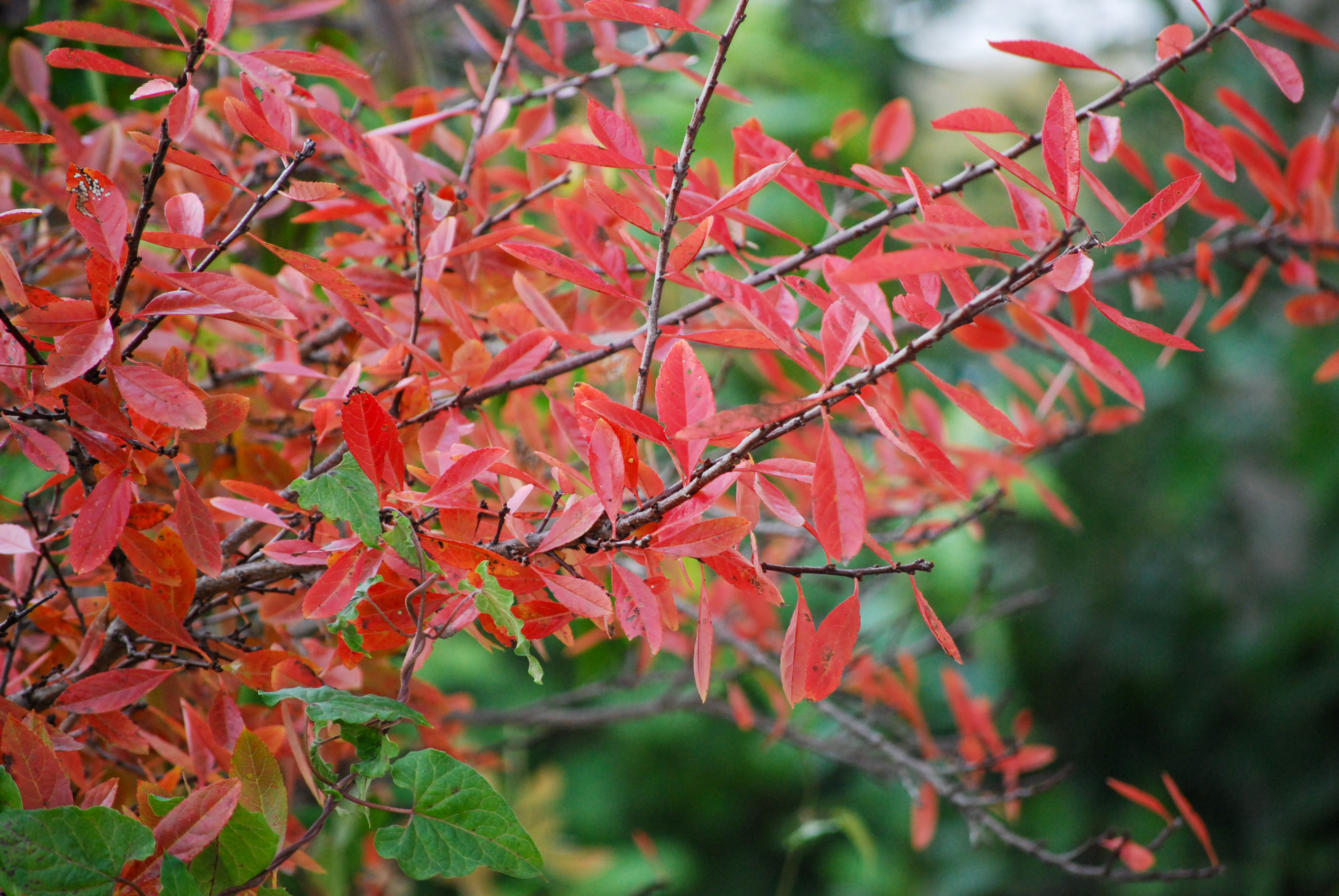
Sand Cherry (Prunus pumila) is a hardy, native prairie shrub well-suited to Nebraska’s dry, sandy, and wind-prone regions, especially in the Sandhills. Its dense, suckering growth makes it excellent for erosion control and naturalizing in prairie restorations or dry borders. In summer, it produces small, tart, dark purple cherries that are edible but best used in preserves. Ideal for native landscapes, slopes, and pollinator plantings, it pairs well with grasses and wildflowers. While tough and low-growing, it can spread aggressively, so site selection and management are key.

